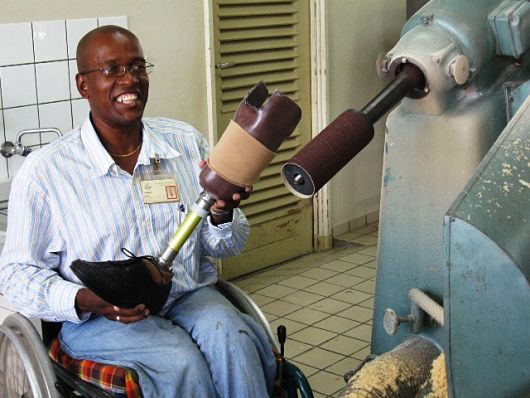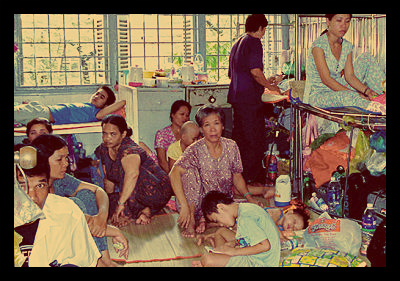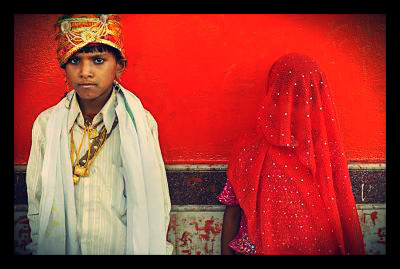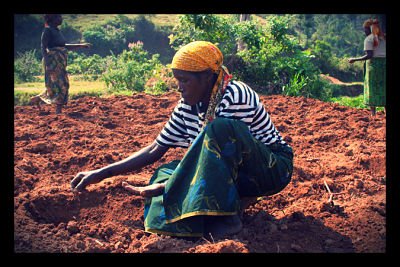
There have been many successes for girl’s education in the developing world. Challenges remain, however, creating a puzzle for problem solvers around the world.
Girls face many more education struggles than boys do. This is especially the case during puberty. For one girl living in Uganda who wants to be a doctor, lack of proper toilets causes embarrassment and results in missed days at school. “Some toilets don’t have doors and so we fear to enter as people can see or enter the toilets at any time. At the toilets, they don’t have water to flush or wash, and so it’s complicated to attend school when I have my period.”
While some might think this is a minor issue in the grand scheme of things, the United Nations Educational, Scientific and Cultural Organization or UNESCO has found differently. One in 10 girls across Africa miss school during their period. Half of girls attending school in Ethiopia miss between one and four days of school a month because of menstruation.
In India, the problem is even worse. Sixty-six percent of schools there do not have functioning toilets. Without private toilets, girls’ health is put at risk. Coupled with the stigma and taboos associated with menstruation and periods, and the result is often that girls drop out of school in the developing world.
Another issue that also affects girls’ education in Africa is child marriage. Every year, 15 million girls 18 or under marry. In Sub-Saharan Africa, 40 percent are married before 18, and 12 percent before they are even 15. In Chad, the number of girls married under age 15 jumps to 29 percent. Even with minimum age laws, marriages still go ahead with parental consent.
This has implications for young women’s education. Once they are married, they are expected to fulfill duties at home which leaves them with them no time to pursue their studies. This begins a vicious circle: without education girls are not informed of their rights and are able to act on them.
Despite these challenges, there have been huge gains in education for girls around the developing world. By 2012, most countries had reached the Millennium Development Goal target of girls primary education parity with boys. For many countries this meant that for every 100 boys, 97 girls also attended primary school.
However, even in this victory lies a caveat – not all countries have actually reached full parity. Sub-Saharan Africa enrollment rate for primary school-aged girls was still languishing at 75 percent in 2010. “Three-quarters of the countries that have not achieved parity at the primary level enroll more boys than girls at the start of the school cycle.” To equalize enrollment at the beginnings of school years would be to achieve parity.
Afghanistan stands out as a beacon of success when it comes to girls’ education, especially with the Taliban influence in the area that discourages girls in school. Girls enrollment in 2014 reached 3.75 million girls. In 2002, only 191,000 were enrolled.
While there are still big problems girls face around the developing world when it comes to attending school, it is important to acknowledge the victories. More work is needed but if progress continues, more successes will come.
– Gregory Baker
Sources: The Guardian 1, The Guardian 2, The Guardian 3, The Guardian 4, The Guardian 5, UN Women
Photo: The Better India

 Prosthetic devices are expensive, an expense that most individuals in the developing world cannot afford. However, this all changes with a team of researchers from the University of Victoria.
Prosthetic devices are expensive, an expense that most individuals in the developing world cannot afford. However, this all changes with a team of researchers from the University of Victoria.






 Within two generations, the majority of the world’s people could find it difficult to access clean water. That was the warning issued at an international conference on water held last month in Bonn, Germany. The conference, entitled “Water in the Anthropocene: Challenges for Science and Governance: Indicators, Thresholds and Uncertainties of the Global Water System,” sought to “address the global dimensions of water system changes” brought on by human and natural influences.
Within two generations, the majority of the world’s people could find it difficult to access clean water. That was the warning issued at an international conference on water held last month in Bonn, Germany. The conference, entitled “Water in the Anthropocene: Challenges for Science and Governance: Indicators, Thresholds and Uncertainties of the Global Water System,” sought to “address the global dimensions of water system changes” brought on by human and natural influences.